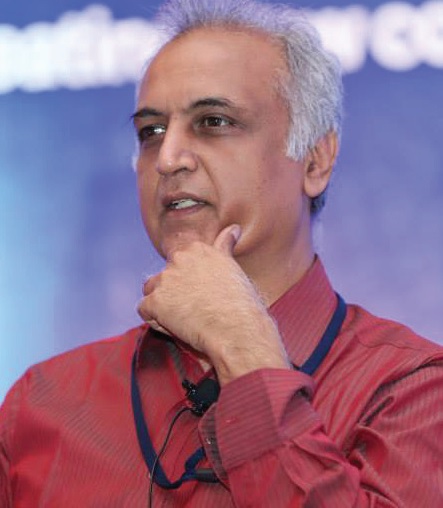I have viewed with scepticism and sometimes total disdain a claim made by activists on Twitter that social media is an alternative to mainstream media. But I have argued publicly that social media can be an effective countervailing force to mainstream media — which is to say it can exert some checks and balances to make sure the mainstream media functions well. This could extend at anything from questioning news priorities to giving ideas for stories.
But the sad fact is that the way Twitter has been hijacked by paid trolls of political parties and sundry (mostly right-wing) activists is that often it ends up looking more like a fish market that diverts attention from real issues and puts the noise before the voice.
Last week, however, I got an excellent example of how an effective combination of social media posts can check mainstream media bias. It also gave me an idea on how business entities, as distinct from political groups, can make better use of social media. I think this is already happening in the West but not so much in India, where public relations often becomes consumerised as a soft extension of advertising and fails to focus on strategic opportunities or threats.
MobiKwik, a hot startup specialising in mobile payments and the main rival to PayTm, found itself last week at the receiving end of a story that was somewhat shoddy, if not downright biased, in The Economic Times. ET seemed to have made up its mind that the company was in deep trouble, even if there were clear pointers that it need not be so. This is not the place to go into the details but what I found strangely amusing was that MobiKwik’s co-founder and chief geek Upasana Taku shared the ET story on her LinkedIn feed. It turns out what she really wanted to share was a post on a Medium that supplied to anyone concerned the detailed responses MobiKwik’s other co-founder and Upasana’s husband, Bipin Preet Singh, had given to ET.
Since I had some idea of what MobiKwik’s strategy was, I suspected something amiss in the ET story and tweeted as much when Bipin got back with a link to the Medium post. I tweeted some more, taking out an operative para from the post that the ET story missed out.
“We are fast evolving from being a leading mobile wallet player to becoming India’s largest full stack fintech platform. “
I quite like the idea that a full-blown Medium post can give credibility and detail to a corporate brand looking to communicate nuances of strategy. It is quite probable that the ET reporters had presumed MobiKwik was just another mobile payments company and focused on wallets and the fact that MobiKwik had not got a payments bank licence. But the story missed out emphasizing that the startup had now a strategic link to Bajaj Finserv with a market capitalisation of around Rs 95,000 crore! Bipin Preet’s response clearly called Bajaj a “strategic anchor and partner”.
Overall, I found that a combination of Twitter and Medium can help a company counter any mainstream media gap or folly. Corporate blogs on company websites are also a good way to counter mainstream media stories but the problem is that you need a way to drive traffic there and stay engaged in conversations. Company blogs are nevertheless an underutilised medium in India, but that’s another story. We certainly have come a long way from vain letters to the editor or rejoinders reduced to three lines!







Be the first to comment on "How to deal with mainstream media bias: MobiKwik gives a lesson or two"